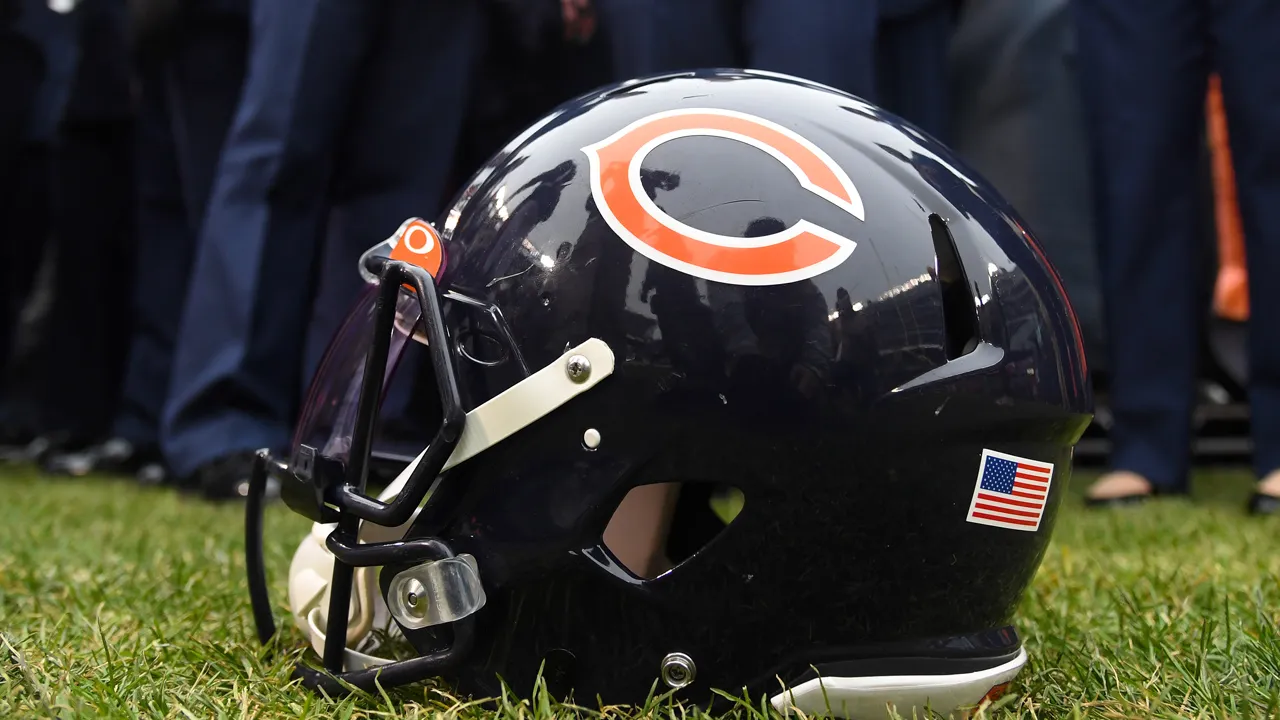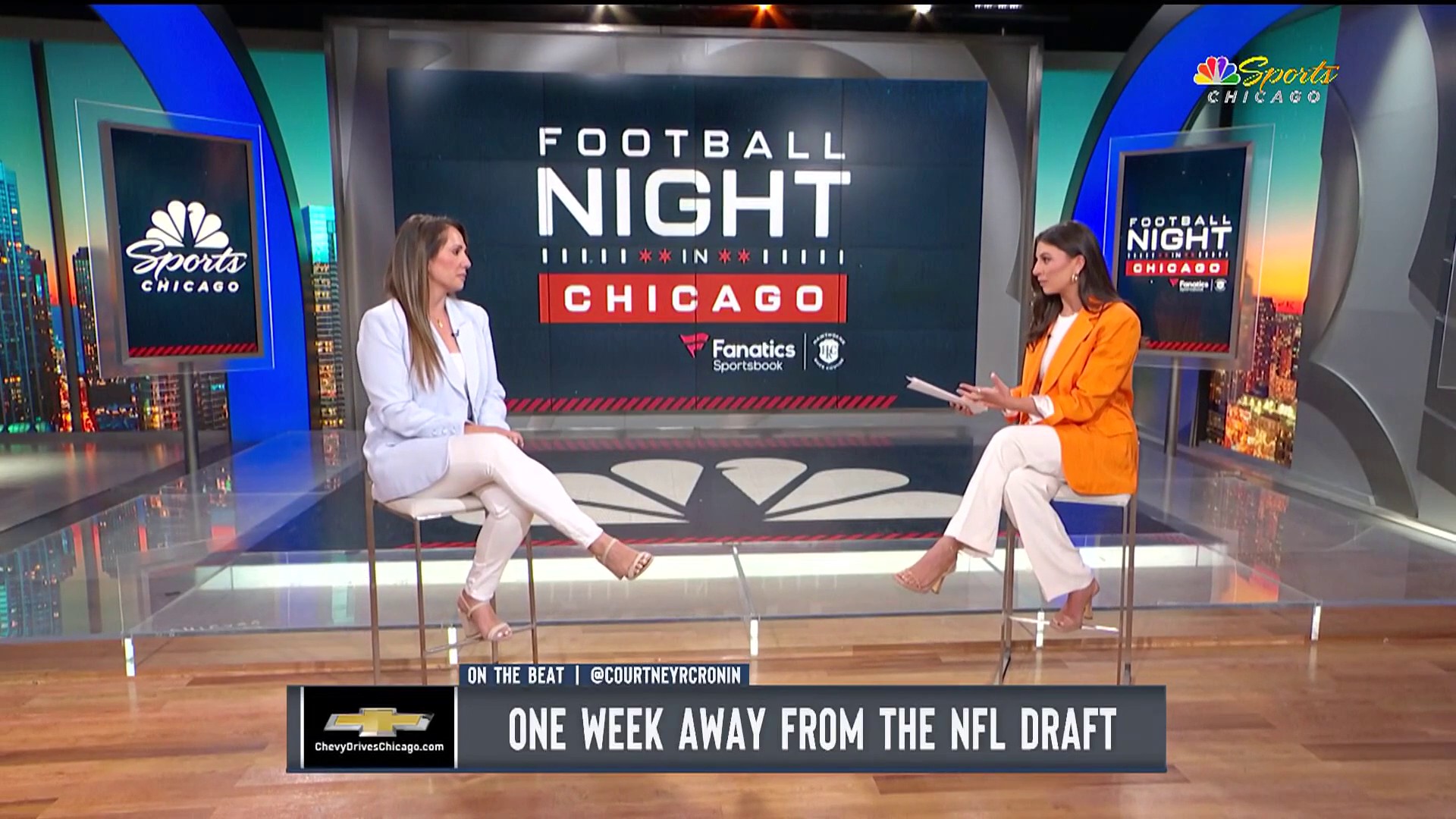The offensive struggles of the 2019 Bears are at this point an over-analyzed issue, most recently spiking with a week’s worth of debate over up-tempo/no-huddle concepts. Within those, the specific difficulties of the tight end position have been saturation-covered.
Those difficulties, unfortunately, are compounded by what might best be described as “structural” flaws in the organization’s approach to the tight end position, ones that require some serious reexamination before the expected push to upgrade the position next offseason.
The flaws are deeper than whether Adam Shaheen is a bust or Trey Burton was or wasn’t a high-priced miss in free agency. They involve what GM Ryan Pace and coach Matt Nagy appear to be using for templates at the position.
Stay in the game with the latest updates on your beloved Chicago sports teams! Sign up here for our All Access Daily newsletter.
The Bears are simply approaching the tight end with some questionable philosophical ideas.
Translation: The Bears are thinking too small and too specialized at a position that should figure prominently into their ability to use a no-huddle or up-tempo tactic. Add to the fact that when the Bears actually have gone after the “right-sized” tight end, their choices have been bad.
The result is a problem at a pivotal position in a complex offense with enough other problems. Their big tight ends can’t catch; their smaller ones can’t block.
“I don’t know if it inhibits play calling,” said offensive coordinator Mark Helfrich. “It just inhibits certain things.”
NFL
Matt Nagy and the Bears have effectively gone about bringing in a myriad of different types of tight ends, with the apparent idea of using those types in defined situations. That suggests, however, defined roles that even average defensive coordinators and middle linebackers can figure out, and the NFL doesn’t have a lot of “average.”
The top offenses in the NFL have built that position on a different model.
Some NFL context:
Of roughly the top dozen or so tight ends based chiefly on receptions, all but the Giants’ Evan Engram and Ram’s Gerald Everett (both 6-foot-3, 240 pounds) are between 6-foot-4 to 6-foot-6 and between 250 and 265 pounds. The result is that Baltimore’s Mark Andrews (6-foot-4, 256), San Francisco’s George Kittle (6-foot-4, 250), Tampa Bay’s O.J. Howard (6-foot-6, 251), Kansas City’s Travis Kelce (6-foot-5, 260), New England’s Ben Watson (6-foot-4, 255), Dallas’ Jason Witten 6-foot-6, 263), Seattle’s Will Dissly (6-foot-4, 265), Minnesota’s Kyle Rudolph (6-foot-6, 255) – the NFL’s top eight scoring offenses – are every-down tight ends with the size to block in the run game and be threats as receivers. Carolina’s Greg Olson (6-foot-5, 255), the Chargers’ Hunter Henry (6-foot-5, 250), the Raiders’ Darren Waller (6-foot-6, 255), and so on….
By contrast, the Bears pursued Burton for major money to fill Nagy’s notion of a “U” tight end, what Nagy describes as something of a wideout/tight end hybrid. One commentator dubbed it a “transformative” concept. Not quite.
Burton is smaller (6-foot-2, 238) than either Engram or Engram and is a blocker liability in the run game, vaguely reminiscent of a Ryan Wetnight – decent receiver, try-hard-but-marginal blocker. Recently added Jesper Horsted is more of the same – 6-foot-3, 237. And neither Burton nor Horsted has demonstrated separation-quality moves or speed to put them sufficiently beyond the reach and cover abilities of the current model of typical outside linebacker or safety. The “U” concept sounds good until someone pulls out the list of the NFL’s best, which generally aren’t so specialized or limited.
Shaheen is ideal size (6-foot-6, 257) but is a health and receiving liability (26 receptions in 27 career games) without adequate compensating blocking impact. Dion Sims (6-foot-5, 270), same. When Pace has gone after the physical fit, the choices have flopped.
The size factor is significant if Nagy is intent on upping the tempo and downing the huddle. With either Burton (now on IR) or Horsted, going no-huddle eliminates options in the run game. By contrast, Baltimore (Andrews, and obviously Lamar Jackson), San Francisco and Minnesota are three of the NFL’s top four rushing offenses. Indianapolis is No. 3 with Jack Doyle (6-foot-6, 262) playing 70 percent of the snaps.
Ben Braunecker is only slightly more physical at 6-foot-4, 240’ish. Then again the Bears are 2-1 when Braunecker starts, so there is that…
Converted tackle Bradley Sowell (6-foot-7, 280) and actual tackle Cornelius Lucas (6-foot-8, 327) are fine for tight ends in “heavy” packages, but aren't exactly threats to Mike Ditka, Des Clark or Martellus Bennett on the Bears’ all-time list for TE receptions.
J.P. Holtz, listed at 255 pounds, is as close to an every-down-sized tight end as the Bears have, with Braunecker, in concussion protocol this week, used that way as well, just with not the mass that Holtz brings. But Holtz has brought nothing to the pass game (nine games, 2 receptions).
Nagy is a practitioner of the personnel-grouping arts, sometimes to the seeming confusion of the players in and out of those groupings. Arguably at tight end, he has little choice but to shuffle early and often because of roster construction that hasn’t staffed him with the likes of a one-size-fits-all Bennett, Clark, Ditka or Olson.
“You have to maneuver some things on what you want to do,” Nagy said. “It makes it a little bit more challenging, but that’s where we’re at.”
Click here to download the new MyTeams App by NBC Sports! Receive comprehensive coverage of the Bears.


